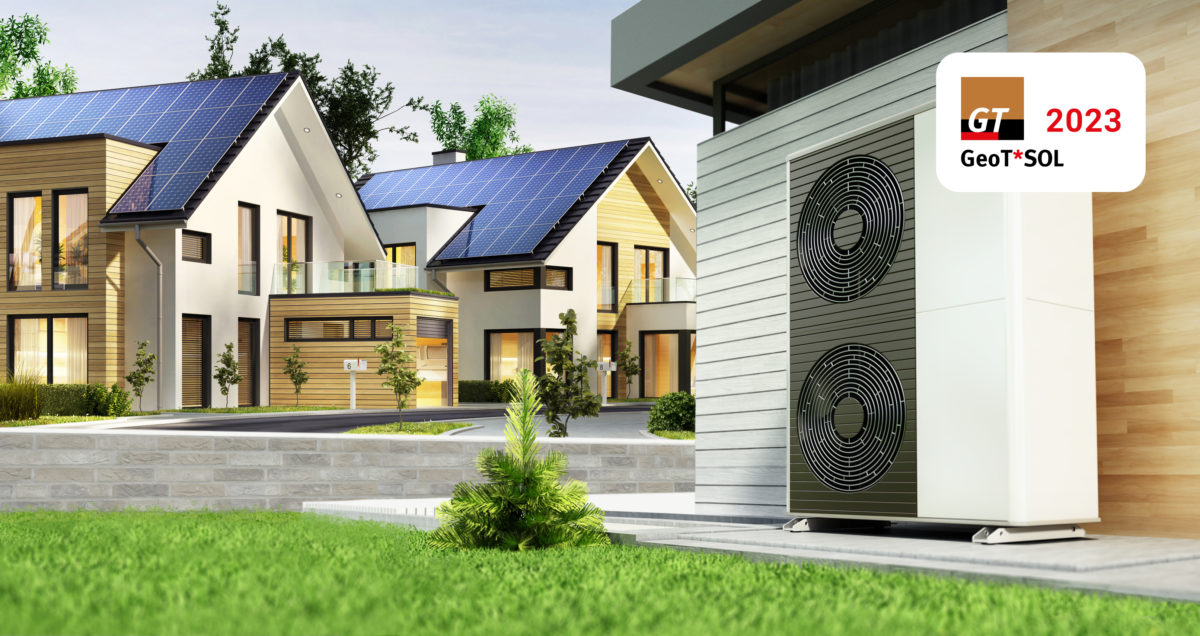In the quest to electrify everything, heat pumps are the answer for many homeowners, according to a recent survey conducted by Carbon Switch, a producer of research and guides on how to live more sustainably. While heat pumps have had a reputation as not providing enough heat in cold climates and being expensive, the technology behind heat pumps has changed and costs have come down. A study conducted by an international research team found that residential solar paired with heat pumps outperforms propane in cold, isolated climates. Heat pumps are already cost-competitive with gas boilers in some mature heating markets, according to the “Future of Heat Pumps” report, which was recently published by the International Energy Agency (IEA). The United States, Canada, Japan, Italy and China are among the countries in which unsubsidized heat pumps are already cost-competitive with gas boilers, according to the IEA.
Valentin Software GmbH specializes in software for the design of photovoltaic, solar thermal and heat pump systems. Long known for its PV*SOL, T*SOL products, the company released GeoT*SOL for planning and designing heat pump systems.
GeoT*SOL offers the choice between different heat sources, operating modes and numerous system configurations for your location. Based on a dynamic minute simulation, electricity consumption, annual performance factors, operating costs and other system data can be calculated, taking into account blocking periods and tariffs. GeoT*SOL offers choices between different heat sources (soil, air and groundwater), operating modes (monovalent, monoenergetic and bivalent) and numerous system configurations for given locations. The program allows for bivalent systems with boiler as heat generator as well as the integration of solar thermal systems and photovoltaic systems. GeoT*SOL results can be incorporated into the project report for the client.
In the newly released program version GeoT*SOL 2023, the trend toward sector coupling is covered with the integration of a photovoltaic system. The annual simulation of the PV system is based on the calculation core of the sister program PV*SOL and provides detailed results on self-consumption and the degree of self-sufficiency. Heat pump, heating rod, source-side pumps and solar circuit pumps can be selected as electrical appliances for the generated energy of the PV system. Self-consumption can be optimized by increasing and decreasing the hot water storage temperatures, Valentin reports.
The simulation of the heat pump and PV system provides dozens of simulation results (data series) on an hourly basis. With GeoT*SOL 2023, these can be displayed and evaluated as dynamic, configurable diagrams. Valentin says the diagrams can be configured extensively: from the display range (1 day to 1 year) and the resolution (hours to months) of the diagram, to the color and shape (bars, lines, points) of the individual data series. The configurations can be saved as a profile and reused for further projects. Selected diagrams can be conveniently integrated into the project report for the client.
GeoT*SOL 2023 includes new features and updates over previous versions including enabling simulation of geothermal plant systems with photovoltaics to determine how much solar energy can be used to cover the electrical loads (heat pump, heating rod, source-side pumps and solar circuit pump). PV energy self-consumption can also be optimized by increasing and/or decreasing the storage temperature. And the user has the ability to create user-defined diagrams in different temporal resolutions. The program’s internal help function has also been changed to an online help to enable faster updating and adaptation to user questions. A free 30-day trial is available on the GeoT*SOL product page.
This content is protected by copyright and may not be reused. If you want to cooperate with us and would like to reuse some of our content, please contact: editors@pv-magazine.com.









By submitting this form you agree to pv magazine using your data for the purposes of publishing your comment.
Your personal data will only be disclosed or otherwise transmitted to third parties for the purposes of spam filtering or if this is necessary for technical maintenance of the website. Any other transfer to third parties will not take place unless this is justified on the basis of applicable data protection regulations or if pv magazine is legally obliged to do so.
You may revoke this consent at any time with effect for the future, in which case your personal data will be deleted immediately. Otherwise, your data will be deleted if pv magazine has processed your request or the purpose of data storage is fulfilled.
Further information on data privacy can be found in our Data Protection Policy.